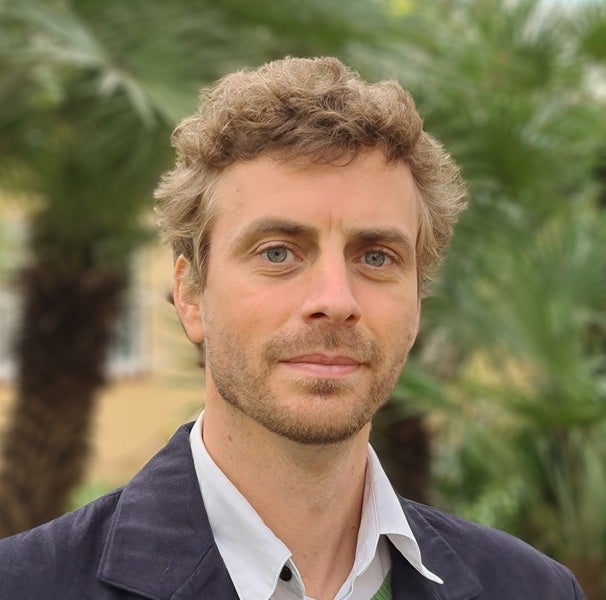Hidden Female Voices Revealed in Biblical Parables: Study Calls for a More Inclusive Understanding of the Bible
Research into the Gospel of Luke sheds new light on the role of women in biblical stories and opens the door to broader societal change.
Theologian Charel du Toit has demonstrated that women—though often not explicitly mentioned—have an implicit presence in three well-known parables from the Gospel of Luke: the Prodigal Son, the Friend at Midnight, and the Good Samaritan. His findings challenge traditional interpretations of these texts and contribute to a more inclusive understanding of the Bible.
By combining social-scientific research with feminist biblical interpretation—also known as hermeneutics—Du Toit developed a method of “un-covering” reading. This approach emphasizes what may have been intended or perceived by the original audience, even if not directly stated in the text. In doing so, a hidden female presence is brought to light—one that has been overlooked for centuries.
Du Toit shows that women played an active role in the social life of the first century, a role that subtly echoes through Luke’s parables. His analysis reveals that these female voices are not anomalies but rather a vital part of the historical and cultural context in which the parables were shaped. This not only corrects the image of women in the Bible but also addresses a significant blind spot in theological scholarship.
Du Toit's findings offer valuable tools for faith communities, theology students, and preachers to re-read biblical texts with greater attention to the role of women. This can influence sermons, Bible education, and even how churches structure their leadership and community initiatives.
Moreover, the research method extends beyond theology. By exposing gender patterns in ancient texts, this approach helps challenge modern gender inequality. In this way, theology can contribute to addressing societal issues such as gender-based violence and exclusion.
Du Toit emphasizes that the Bible contains more voices than are commonly acknowledged—and that rediscovering these voices offers new insights, both for academic study and for society at large.
More information on the thesis
